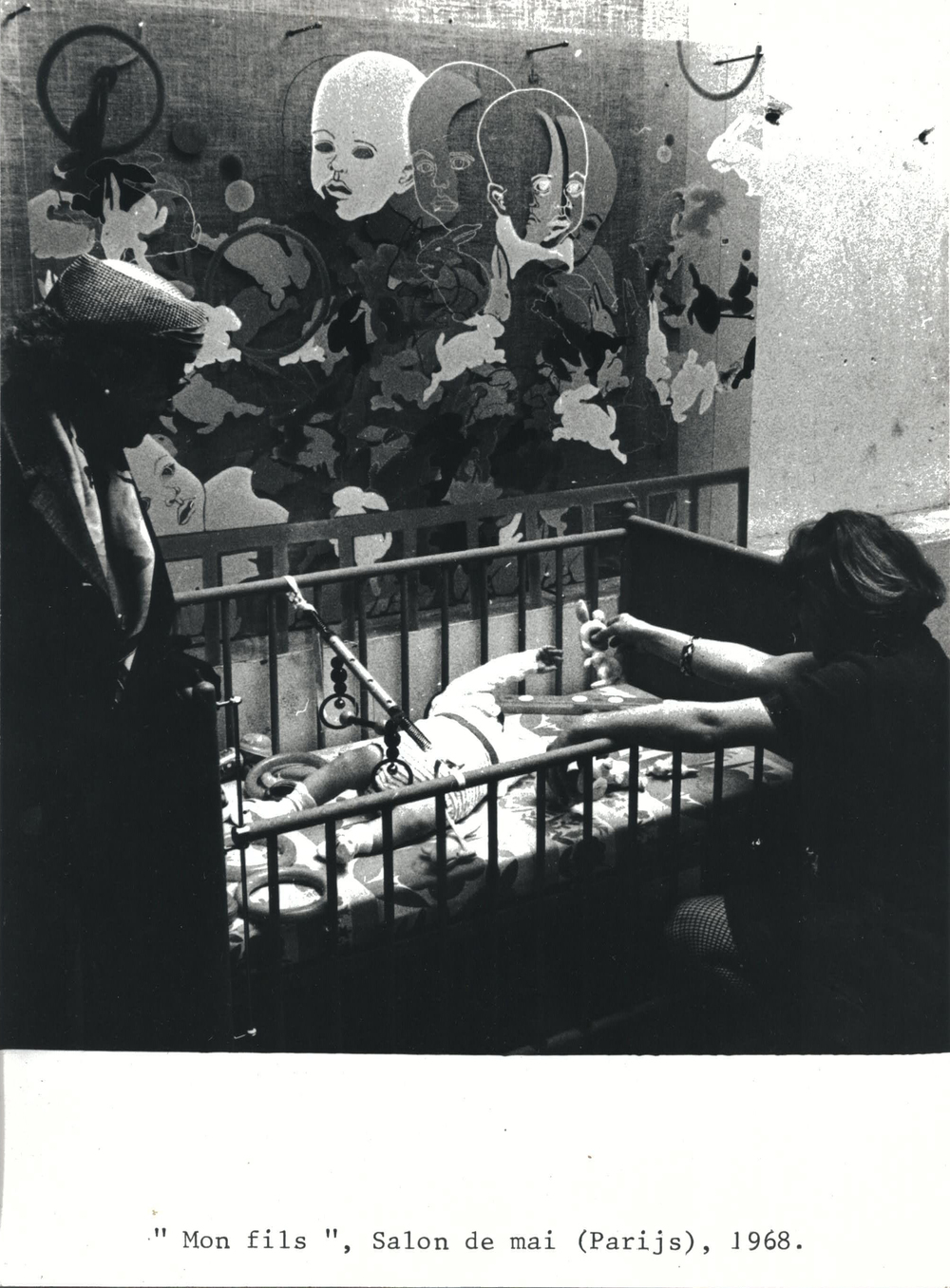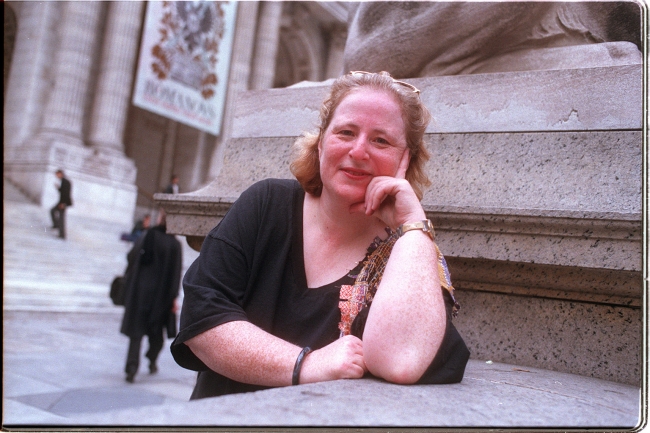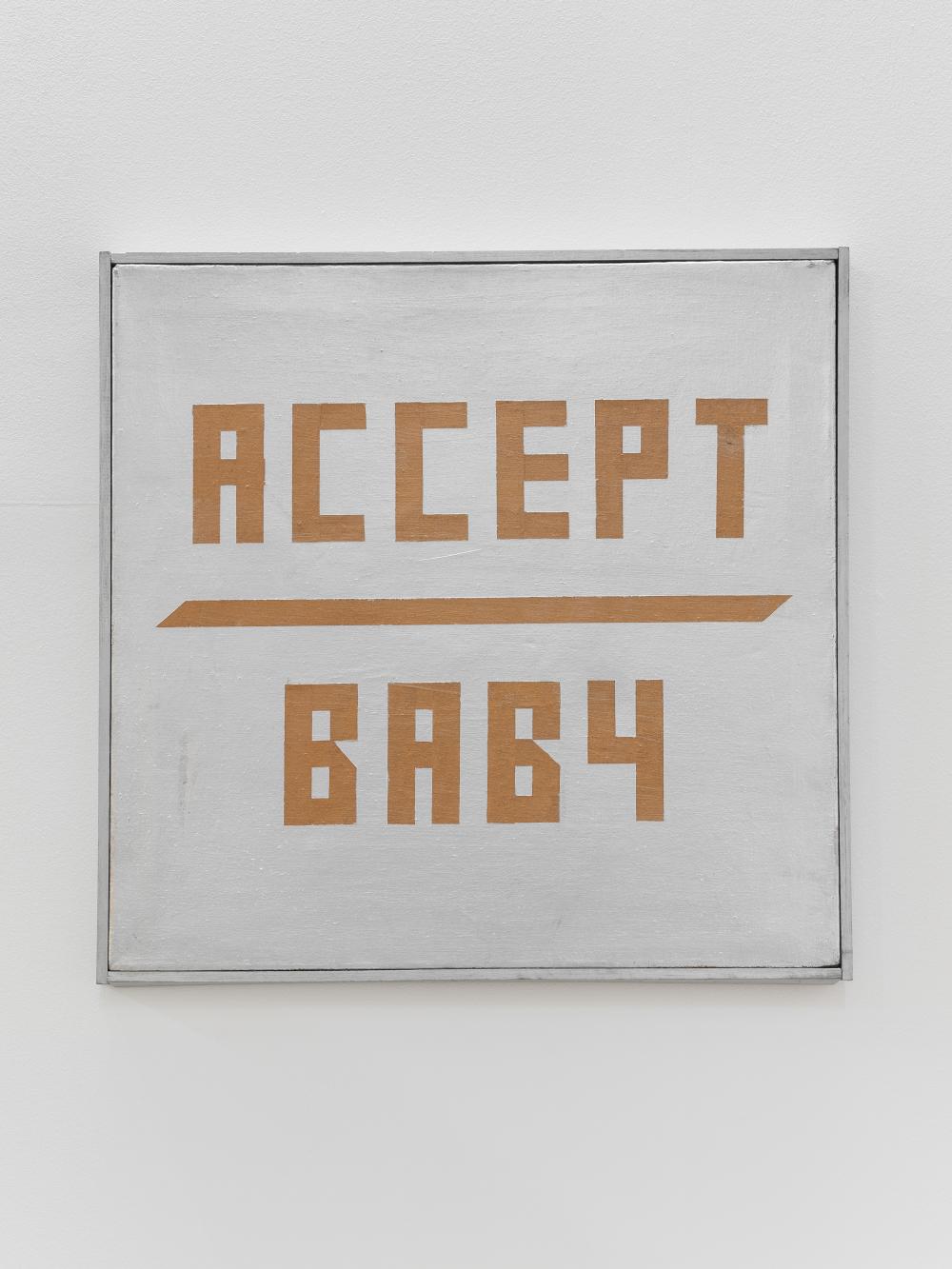Ulrike Meinhof’s Brain
(On Motherhood)

The representation of the figure of the mother has, until womxn have more recently taken up the task, been rather limited. This essay explores the persistence of a complex node of thoughts and images linked to this particular body and, closely (and literally) related to it, the entity of the family. It looks at works by Lea Lublin, Mary Kelly, Juliette Blightman, Catherine Opie and Ree Morton, among others, as well as at two – very different – books: Shulamith Firestone’s radical feminist manifesto The Dialectic of Sex (1970), which calls for the abolishment of the child-bearing mother, and with her the nuclear family; and Maggie Nelson’s The Argonauts (2015), a personal account of becoming a mother in a queer family. All of these works challenge steadfast taboos surrounding the figure of the mother, and ask, each from a particular standpoint: Can the maternal subject be radical?

